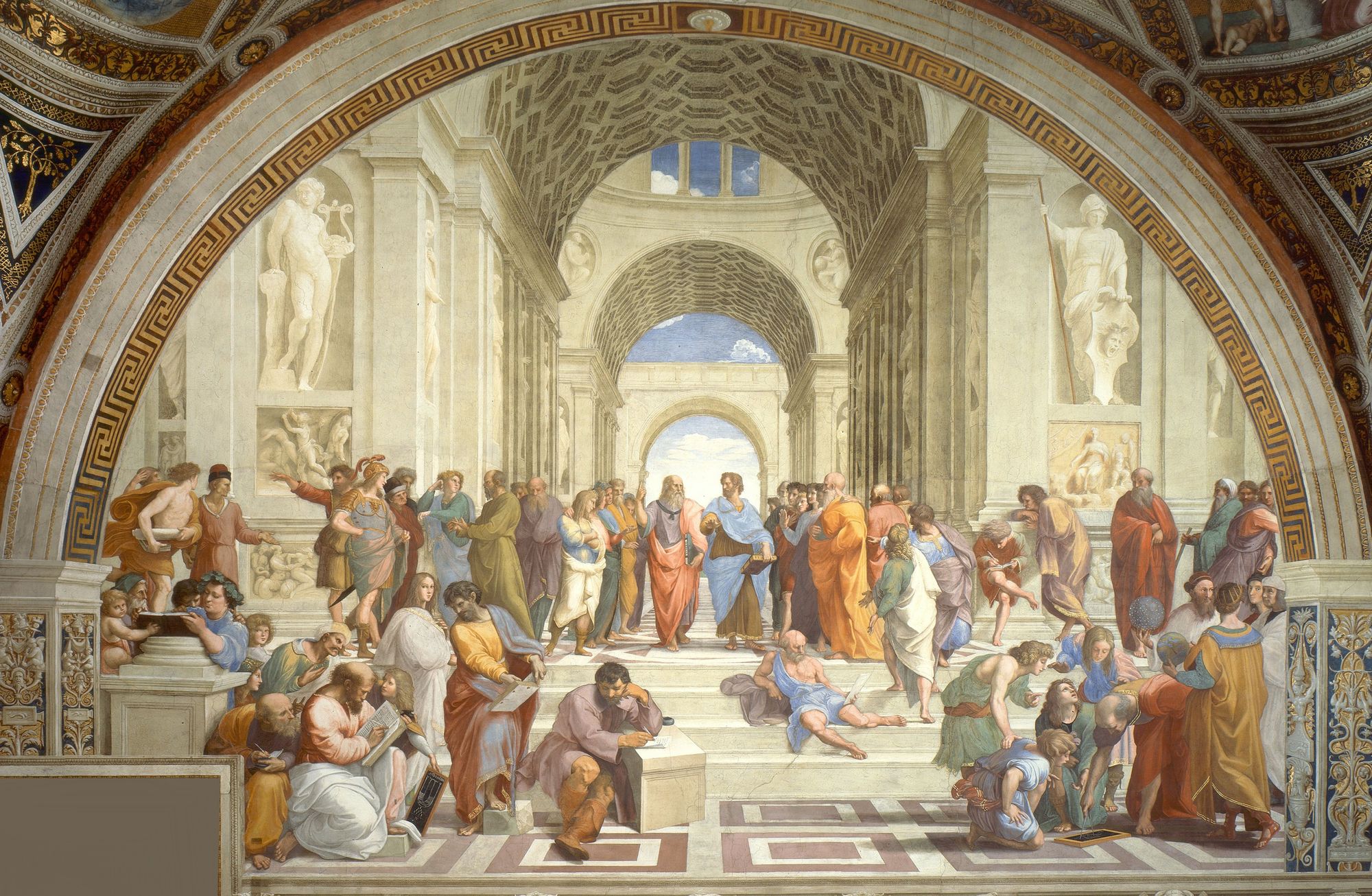Amplify Human Wisdom
This article explores how generative artificial intelligence (AI) technology can amplify human wisdom in product launches and brand campaigns. With careful supervision, AI can help craft a differentiated business strategy, facilitate creative brainstorming, and gather data for predictive analysis, allowing innovators to carve out their own space in the market and build profitable businesses. This article urges brand builders to remember that generative AI is merely a tool that amplifies the human wisdom still at the core of their growing business.
It’s mid-December 2022, I’m at a VC cocktail party in San Francisco. There’s a shift in the air. Blockchain is over, something needs to replace it. A technologist learns that I am a product marketing professional through our conversation. He asks, “Aren’t you concerned that AI is about to replace you?” My first response, “Only if my job is to write boring, derivative copy that reads like everything else.”
But wait, I’m thinking. There’s a buzz here, hyperbole even. AI has been around for decades. Now though, even the people who build it say it is sentient, even dangerous, with the power to destroy all of human life. I just want to know, what can this generation of Large Language Model (LLM) technology actually do? As a brand builder, will it replace me, or enhance me?
For the next six months, I investigate the space. That means running Chat GPT v4, Perplexity, and Bard side by side. That means comparing their output to search results from Google and Duckduckgo. That means plugging it into my proven product marketing workflow. Three key lessons were learned.
First, be very careful with the term AI. Remember that it is artificial intelligence, a construct of humans with a motivation to make money. Its output is an expression from a computer technology that learns from the past, and doesn’t have the heart to create the future.
Second, any company that replaces its writers with this technology will lose its differentiation and weaken its brand identity. What Chat GPT writes is indistinguishable from the corporate speak that dominates content today. That should not be surprising given its training. All Chat GPT does is accelerate the inevitable decay of corporate communication measured by KPIs.
Third, companies grow revenue and profits through innovation. They must constantly create new value and adapt to a changing world. Human wisdom points them to the opportunities. Human wisdom executes the strategy in the field and responds to blockers and questions. Artificial Intelligence tools amplify this wisdom, bringing in new ideas, expanding market awareness and understanding.
From this time of investigation, I discovered many opportunities to streamline marketing workflow and increase productivity. For sure, it can get creatives out of the daily grind of cranking out content. Even more valuable was the ability to add more information and even knowledge into the process. Thus, it wasn’t the cost savings that mattered as much as the revenue enhancement.
Here were the three key value points that emerged, and fully inform my practice today:
Strategy Synthesis - Good consulting firms start by listening to their clients. They make an audit of the client’s strategy to know exactly how best to help them achieve their objectives. AI streamlines this process by summarizing the many voices interviewed. It can also help to identify additional questions and expand the knowledge of the team. Now, conversations are enhanced. There’s more time to iterate and synthesize a stronger, more differentiated strategy.
Creative Catalyst - From differentiated strategy that describes the future, the creative team can translate written statements into messages, images and other sensory experiences that communicate the brand to customers. Here the AI helps to rewrite for different audiences, tones, reading levels. New ways of thinking spark the creative thinking. The creative room is alive with the new automated intern in the corner. Just don’t leave the kid alone.
Predictive Analysis - Campaign results from the field get combined into models with market, sales and customer data. Using different tools and modifying parameters, human-enhanced machine intelligence innovates to remove signal from the noise. Human insight directs data collection and model structure around long term objectives, reflecting the strategic KPIs that build iterative business success over years and decades.
In conclusion, I leave my reader, an innovator, a person who predicts the future by creating it, with two contrasting thoughts.
First, guard against excessive confidence in the tool. Over reliance on AI will have you following the herd, doing what everyone else does. A technology that learns from the past will be driven to repeat it, and convince you that this is correct. Follow it blindly and you will find yourself driven to mediocrity.
On the other hand, proper use of the new technology will help you drive your business forward with a differentiated strategy. More than a productivity tool, it amplifies the wisdom of your team. Now, you carve out new space with no immediate competition, grow brand and market share, and build a profitable business as competitors scramble to respond.
I fully believe that generative artificial intelligence has its place in your toolkit. May it amplify the human wisdom of you and your team.
Note - This article was written with but not by generative artificial intelligence. Chat GPT, Perplexity and Bard were used for research, summarization and brainstorming. Human wisdom brought this idea to life. AI amplified it.
